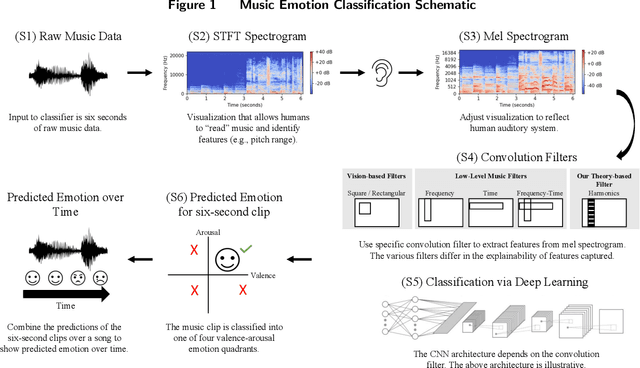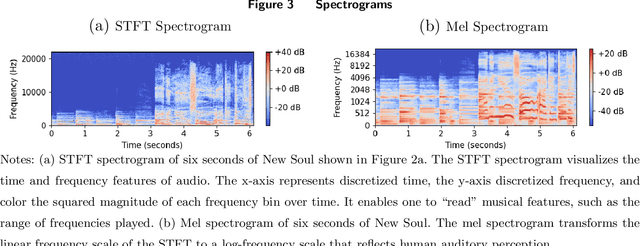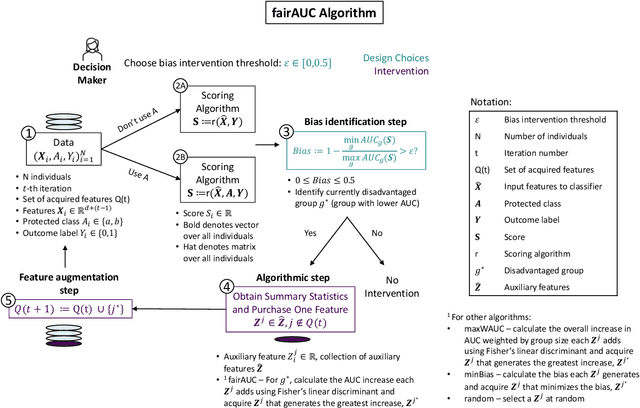Hortense Fong
Modeling Story Expectations to Understand Engagement: A Generative Framework Using LLMs
Dec 13, 2024Abstract:Understanding when and why consumers engage with stories is crucial for content creators and platforms. While existing theories suggest that audience beliefs of what is going to happen should play an important role in engagement decisions, empirical work has mostly focused on developing techniques to directly extract features from actual content, rather than capturing forward-looking beliefs, due to the lack of a principled way to model such beliefs in unstructured narrative data. To complement existing feature extraction techniques, this paper introduces a novel framework that leverages large language models to model audience forward-looking beliefs about how stories might unfold. Our method generates multiple potential continuations for each story and extracts features related to expectations, uncertainty, and surprise using established content analysis techniques. Applying our method to over 30,000 book chapters from Wattpad, we demonstrate that our framework complements existing feature engineering techniques by amplifying their marginal explanatory power on average by 31%. The results reveal that different types of engagement-continuing to read, commenting, and voting-are driven by distinct combinations of current and anticipated content features. Our framework provides a novel way to study and explore how audience forward-looking beliefs shape their engagement with narrative media, with implications for marketing strategy in content-focused industries.
A Theory-Based Explainable Deep Learning Architecture for Music Emotion
Aug 13, 2024



Abstract:This paper paper develops a theory-based, explainable deep learning convolutional neural network (CNN) classifier to predict the time-varying emotional response to music. We design novel CNN filters that leverage the frequency harmonics structure from acoustic physics known to impact the perception of musical features. Our theory-based model is more parsimonious, but provides comparable predictive performance to atheoretical deep learning models, while performing better than models using handcrafted features. Our model can be complemented with handcrafted features, but the performance improvement is marginal. Importantly, the harmonics-based structure placed on the CNN filters provides better explainability for how the model predicts emotional response (valence and arousal), because emotion is closely related to consonance--a perceptual feature defined by the alignment of harmonics. Finally, we illustrate the utility of our model with an application involving digital advertising. Motivated by YouTube mid-roll ads, we conduct a lab experiment in which we exogenously insert ads at different times within videos. We find that ads placed in emotionally similar contexts increase ad engagement (lower skip rates, higher brand recall rates). Ad insertion based on emotional similarity metrics predicted by our theory-based, explainable model produces comparable or better engagement relative to atheoretical models.
Fairness for AUC via Feature Augmentation
Nov 24, 2021



Abstract:We study fairness in the context of classification where the performance is measured by the area under the curve (AUC) of the receiver operating characteristic. AUC is commonly used when both Type I (false positive) and Type II (false negative) errors are important. However, the same classifier can have significantly varying AUCs for different protected groups and, in real-world applications, it is often desirable to reduce such cross-group differences. We address the problem of how to select additional features to most greatly improve AUC for the disadvantaged group. Our results establish that the unconditional variance of features does not inform us about AUC fairness but class-conditional variance does. Using this connection, we develop a novel approach, fairAUC, based on feature augmentation (adding features) to mitigate bias between identifiable groups. We evaluate fairAUC on synthetic and real-world (COMPAS) datasets and find that it significantly improves AUC for the disadvantaged group relative to benchmarks maximizing overall AUC and minimizing bias between groups.
 Add to Chrome
Add to Chrome Add to Firefox
Add to Firefox Add to Edge
Add to Edge